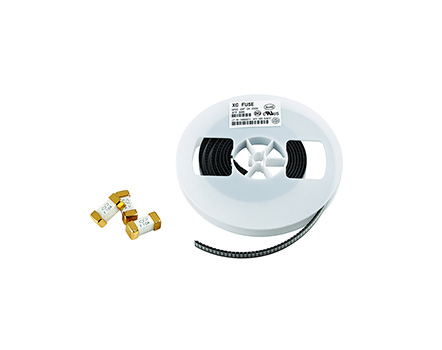
Nowadays, cars generally come with USB 3.0 ports. In addition to overcurrent and overvoltage protection, sensitive electronic devices using high-speed interfaces such as USB and HDMI also require electrostatic discharge (ESD) protection. Three different types of circuit protection devices can help avoid these potential destructive events.
PolySwitch polymer positive temperature coefficient (PPTC) devices can provide self-healing protection in USB applications. Placing the PolySwitch PPTC device on the VBUS port of the USB power supply can limit the current during short circuit events, help prevent damage caused by sudden short circuits, and help achieve UL60950 compliance.
The design of USB 3.0 uses circuit protection devices to help prevent overcurrent (PTTC, left) and overvoltage (PolyZen, right) damage at the power port, as well as ESD (SESD device) events at the data port
For overvoltage protection in USB 3.0 applications, PolyZen devices use a hybrid approach that integrates a Zener diode and a PPTC device connected in a thermally coupled manner. PolyZen devices can be used in USB ports to help prevent damage to components due to high voltage if the upstream voltage regulator malfunctions when plugged into the USB port.
Read recommendations:
Introduction to ceramic gas discharge tubes
Brief Introduction to the Six Factors in Selecting Control Power Fuses.50 amp blade fuse